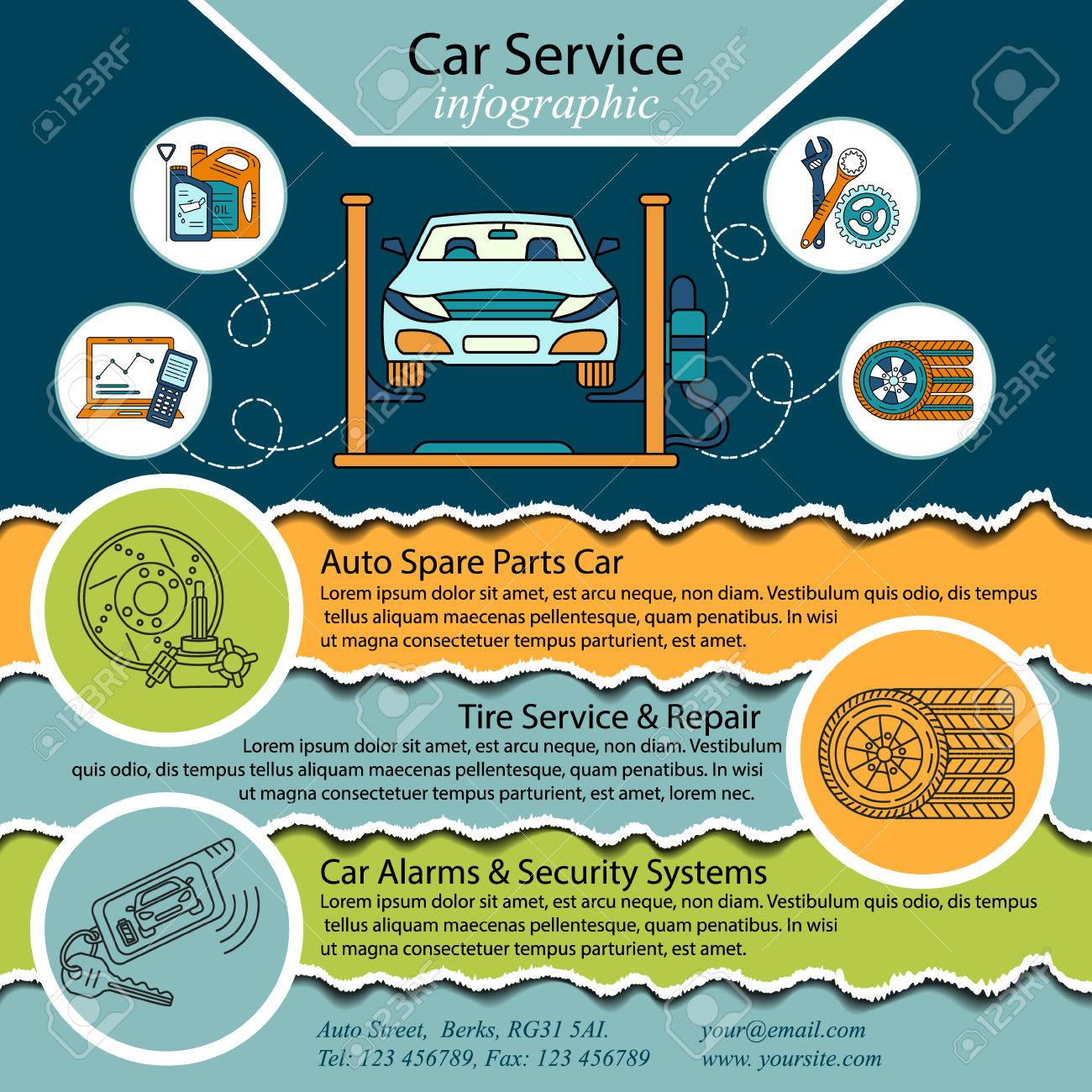Wondering Concerning The Significance Behind Those Dashboard Caution Lights? Gain Understandings Right Into Their Effects For Your Car'S Safety And Security And Upkeep
Wondering Concerning The Significance Behind Those Dashboard Caution Lights? Gain Understandings Right Into Their Effects For Your Car'S Safety And Security And Upkeep
Blog Article
Article By-Sykes Torres
When you lag the wheel, those radiant warning lights on your control panel can be a little bit complicated. Do you understand what they're trying to inform you regarding your auto's health and wellness? Recognizing the relevance of these lights is important for your security and the long life of your automobile. So, the following time one of those lights appears, wouldn't you intend to decipher its message accurately and take the needed actions to resolve it?
Common Caution Lights and Interpretations
Identify usual caution lights in your vehicle and recognize their meanings to make certain secure driving.
The most typical warning lights consist of the check engine light, which indicates problems with the engine or discharges system. If this light begins, it's important to have your automobile inspected promptly.
The oil pressure warning light suggests reduced oil pressure, needing prompt interest to avoid engine damages.
A blinking battery light might recommend a faulty billing system, possibly leaving you stranded if not attended to.
https://www.jdpower.com/cars/shopping-guides/how-to-disconnect-a-car-battery monitoring system (TPMS) light alerts you to low tire stress, affecting automobile stability and gas effectiveness. Ignoring this could bring about unsafe driving conditions.
The abdominal muscle light shows a problem with the anti-lock braking system, compromising your capacity to stop rapidly in emergencies.
Finally, the coolant temperature cautioning light warns of engine overheating, which can result in extreme damages otherwise settled quickly.
Comprehending these typical warning lights will assist you resolve concerns without delay and keep safe driving conditions.
Significance of Prompt Interest
Understanding the typical warning lights in your car is only the very first step; the importance of promptly dealing with these cautions can not be stressed enough to guarantee your safety and security on the road.
When a caution light brightens on your dashboard, it's your cars and truck's means of interacting a potential problem that needs interest. Neglecting these cautions can bring about a lot more serious problems later on, compromising your security and potentially costing you more out of commission.
Prompt interest to cautioning lights can stop malfunctions and crashes. For example, a flashing check engine light can indicate a misfire that, if left neglected, can create damage to the catalytic converter. Resolving this promptly can save you from a pricey repair.
In a similar way, a brake system alerting light might signify reduced brake fluid or used brake pads, important components for your security when driving.
Do It Yourself Troubleshooting Tips
If you observe a caution light on your dashboard, there are a couple of do it yourself fixing suggestions you can attempt before seeking expert assistance.
The very first step is to consult your cars and truck's manual to recognize what the details warning light shows. Occasionally the problem can be as straightforward as a loose gas cap activating the check engine light. Tightening the gas cap may resolve the issue.
Suggested Browsing is a reduced battery, which can set off numerous warning lights. Inspecting the battery connections for deterioration and guaranteeing they're protected might deal with the issue.
If a caution light lingers, you can attempt resetting it by separating the cars and truck's battery for a few minutes and afterwards reconnecting it. Additionally, inspecting your vehicle's liquid degrees, such as oil, coolant, and brake fluid, can help fix warning lights associated with these systems.
Conclusion
In conclusion, recognizing your auto's caution lights is essential for maintaining your car running smoothly and safely. By without delay dealing with these notifies and understanding what they suggest, you can prevent costly fixings and prospective failures.
Remember to consult your car's manual for certain details on each warning light and do something about it appropriately to make certain a trouble-free driving experience.
Remain educated, remain secure when driving!
